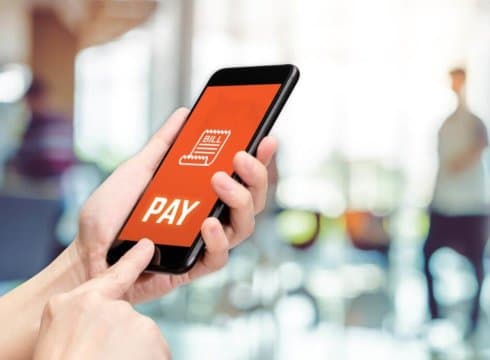This Marks The First Time That Digital Transactions In India Crossed The 1 Bn Mark Since Demonetisation
Inc42 Daily Brief
Stay Ahead With Daily News & Analysis on India’s Tech & Startup Economy
2017 ended on a high note for the Indian digital payments industry, with digital transactions reaching a new peak of 1.06 Bn in December. As per data released by the RBI, this translates to a jump of 6.05% from the 997.1 Mn transactions clocked in November.
The development marks the first time that digital transactions in India crossed 1 Bn, since the rollout of demonetisation in November 2016.
In December 2017, the total transaction value surged to $1.9 Tn (INR 125.51 Tn), which is the second highest reported in a single month over the last one year.
Digital transactions include all payments made by credit and debit cards, UPI, prepaid payment instruments (PPIs), Internet banking and unstructured supplementary service data (USSD).
According to the RBI data, transactions via the Unified Payments Interface (UPI) hit a record of 145.5 Mn, up by 40% from the 105 Mn mark touched in November. On the other hand, the value of transactions clocked in December stood at $2 Bn (INR 131.4 Bn), a significant increased from $1.5 Bn (INR 9,679 Cr) registered in the month prior to that.
Over the last 12 months, UPI-based transactions underwent a massive 7000% increase, the report by the RBI further stated. For instance, UPI recorded only around 2 Mn transactions in December 2016, a month after demonetisation was instituted.
A Look At UPI And Its Phenomenal Growth
In August 2016, the RBI in conjunction with the National Payments Corporation of India (NPCI), launched the United Payments Interface in India. The app was launched to help simplify peer-to-peer transactions. At that time, it was announced that UPI was adopted by 29 banks. Currently, there are 61 banks that allow transactions via UPI.
UPI, for the uninitiated, is a one-touch transaction for transferring money between any two parties using a ‘unique virtual address’ on a smartphone. The UPI-driven payments follow the IMPS (Immediate Payment Service) structure of payments. Since its launch, the technology has been adopted by various banks and other private fintech companies.
Bharat Interface for Money (BHIM) is an extension of the UPI solution and Unstructured Supplementary Service Data (USSD) technology that was launched in December 2016. Till date, the app has been downloaded over 19 Mn times on Android and more than 1 Mn times on iOS. In November last year, BHIM facilitated up to 8.2 Mn transactions.
October 2017 witnessed digital transactions via Unified Payments Interface (UPI) hitting the 76.8 Mn mark, a 150% jump from the 30.8 Mn mark reached in September. Data provided by the RBI showed that the value of UPI-based transactions leapt from $813 Mn (INR 5,293 Cr) in September to $1.07 Bn (INR 7,028 Cr) in October.
The Government’s Continued Push To Promote UPI-based Transactions
The growth of UPI-based digital payment solutions since the rollout of demonetisation has been completely unprecedented. UPI apps boast several advantages over conventional digital wallets. For instance, users of these apps can transfer funds from one bank account to another without any processing fee.
The transfer is also significantly faster than National Electronic Funds Transfer (NEFT), which until now was the preferred mode of transferring money. Unlike traditional methods, customers can add beneficiaries instantly on UPI, without having to provide their bank account details and IFSC code.
Transactions via digital wallet, on the other hand, are more complicated, requiring users to first add money to their account before being able to send funds to other wallets. When it comes to transferring money back to the bank account, these platforms usually levy a fee.
According to experts, however, while the growth in UPI transactions points to the increasing popularity of digital payments. Poised to reach $500 Bn by 2020 according to a report by Google and Boston Consulting Group, the digital payments segment has transformed into a behemoth in the last few years. As per the report, cashless transactions in the consumer payments segment is expected to double to 40% in the next three years.
Given the sector’s immense potential, a number of global players including Google, Amazon, PayPal and Uber have already made their foray into the Indian digital payments space. How UPI and other payments solutions fare in 2018 will be worth watching.
{{#name}}{{name}}{{/name}}{{^name}}-{{/name}}
{{#description}}{{description}}...{{/description}}{{^description}}-{{/description}}
Note: We at Inc42 take our ethics very seriously. More information about it can be found here.


